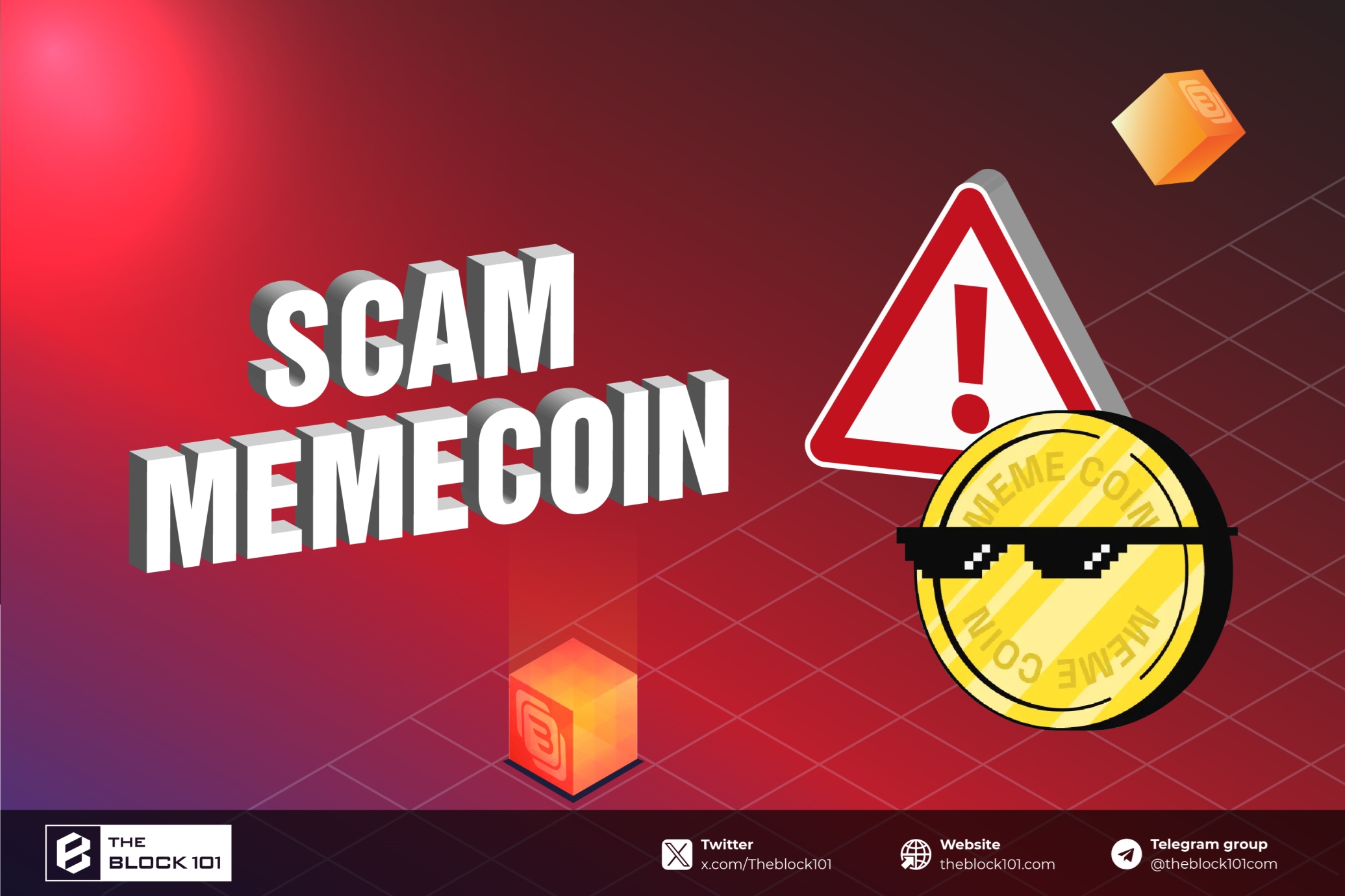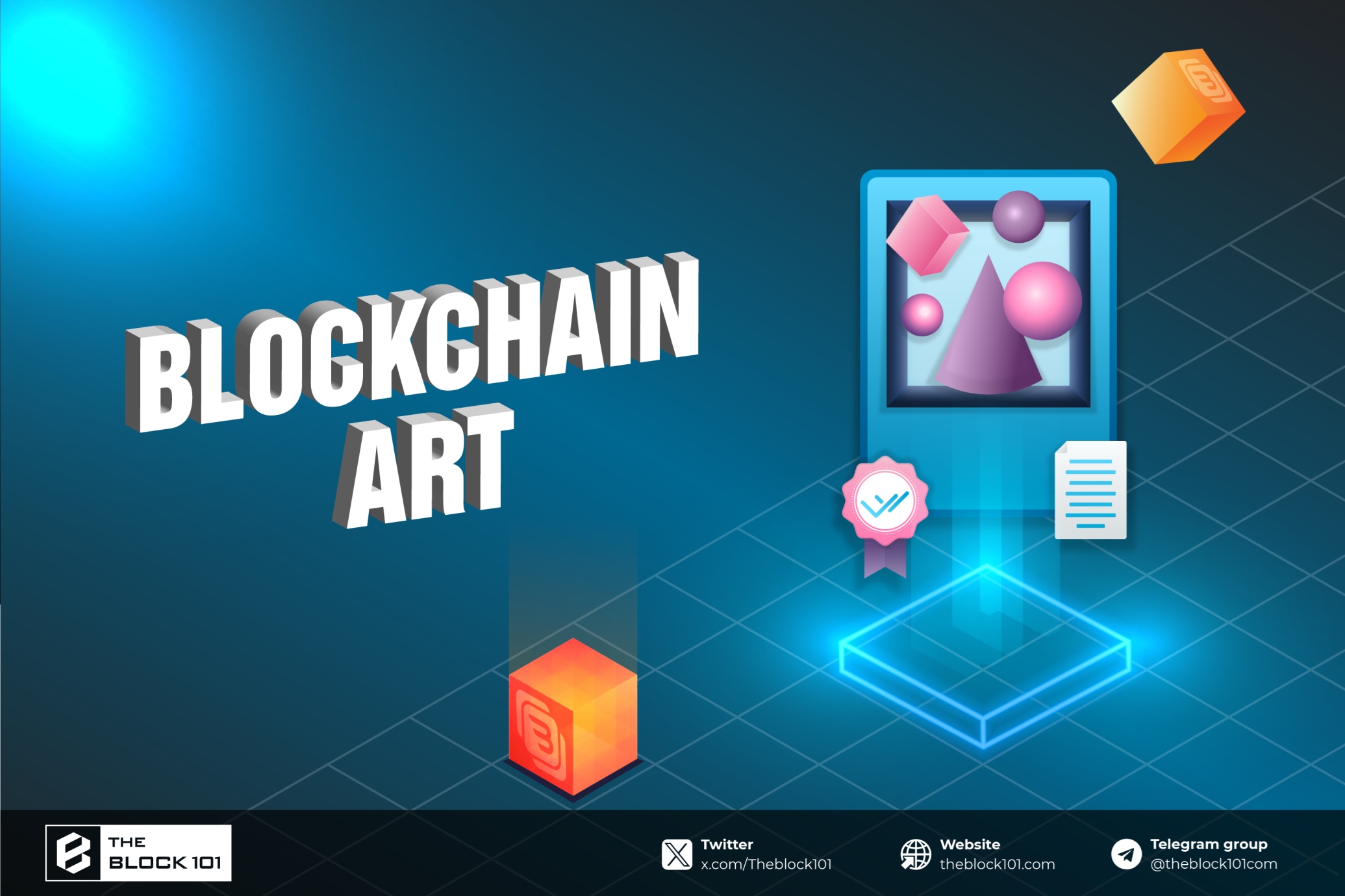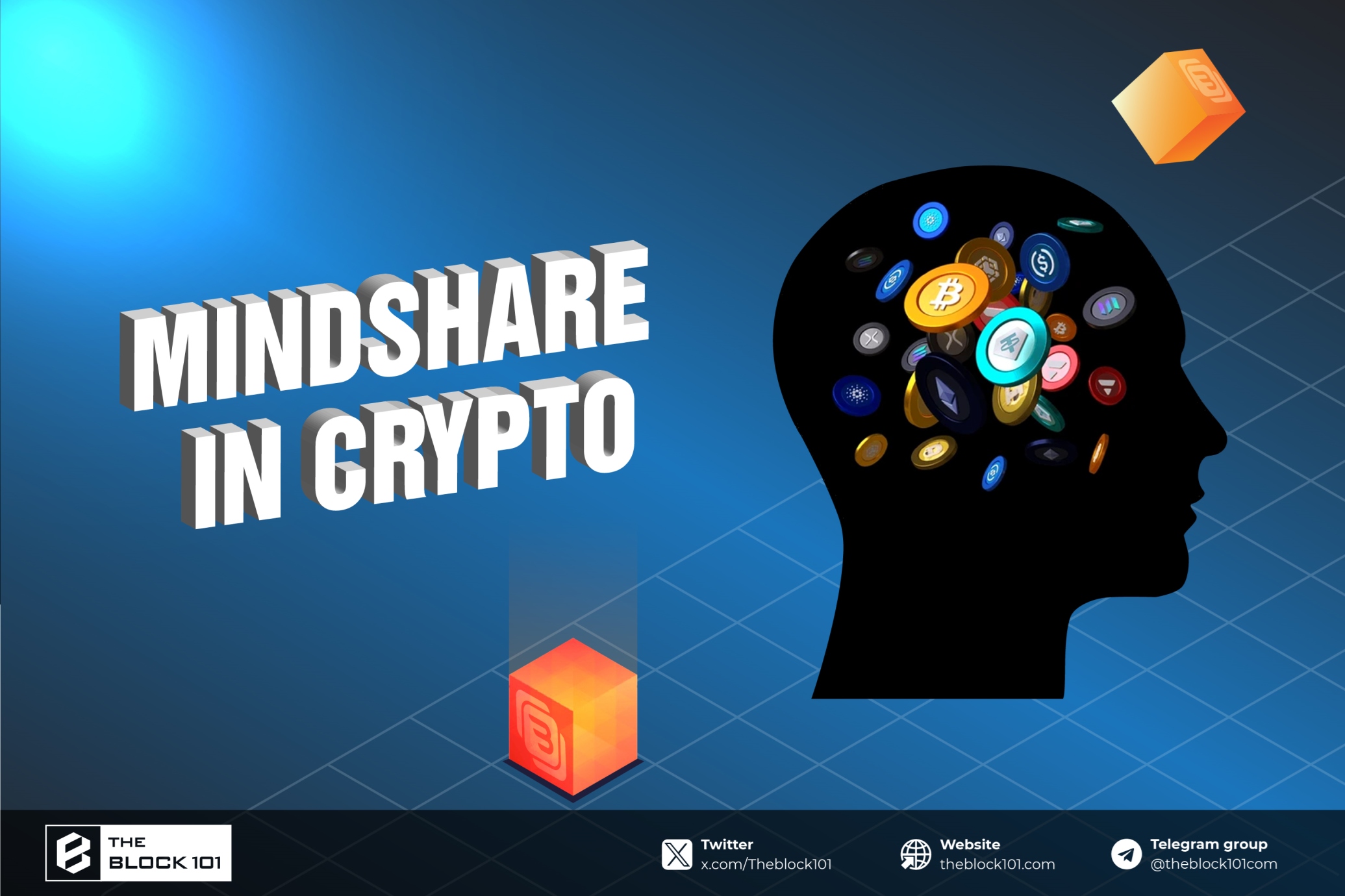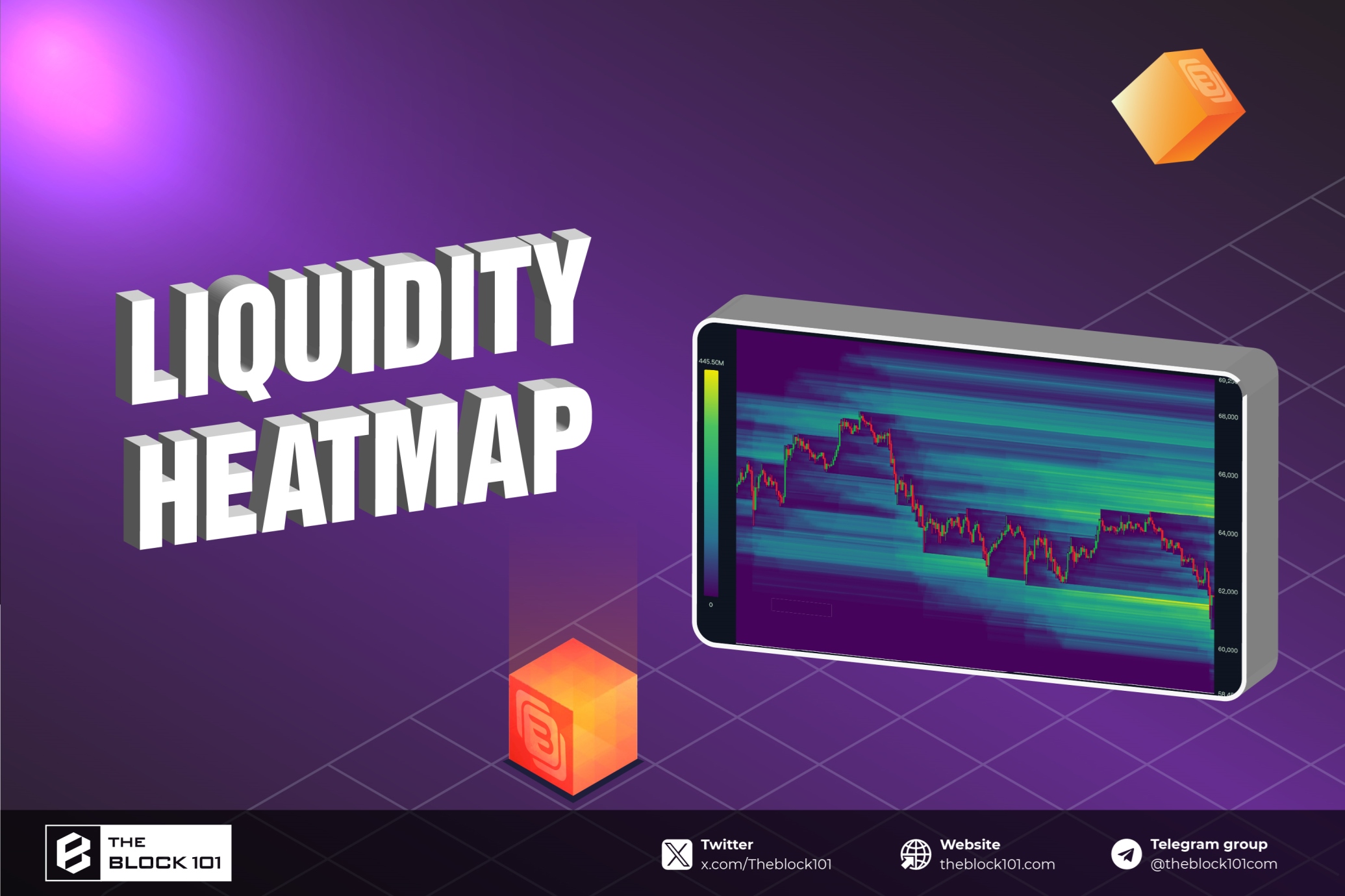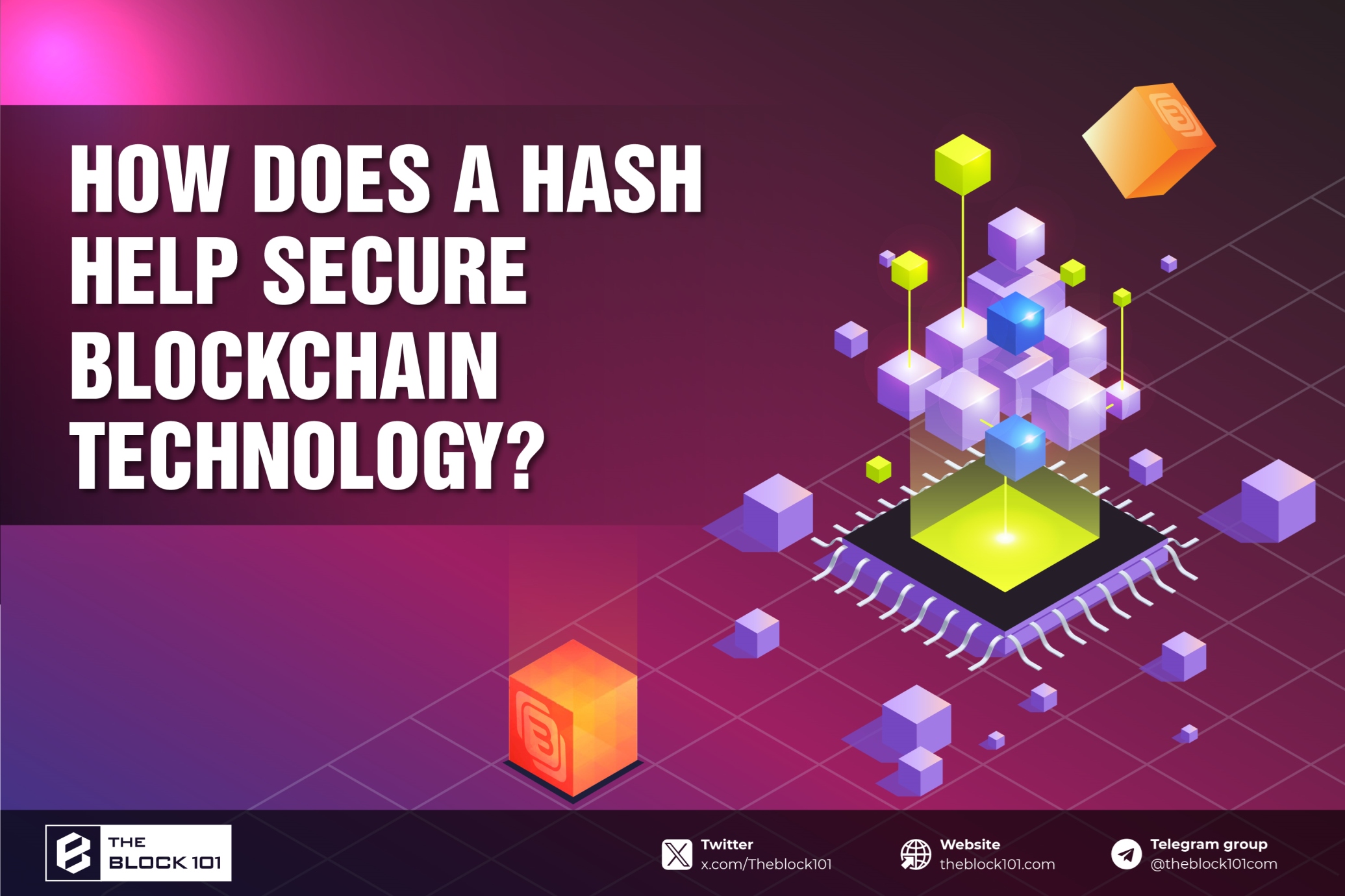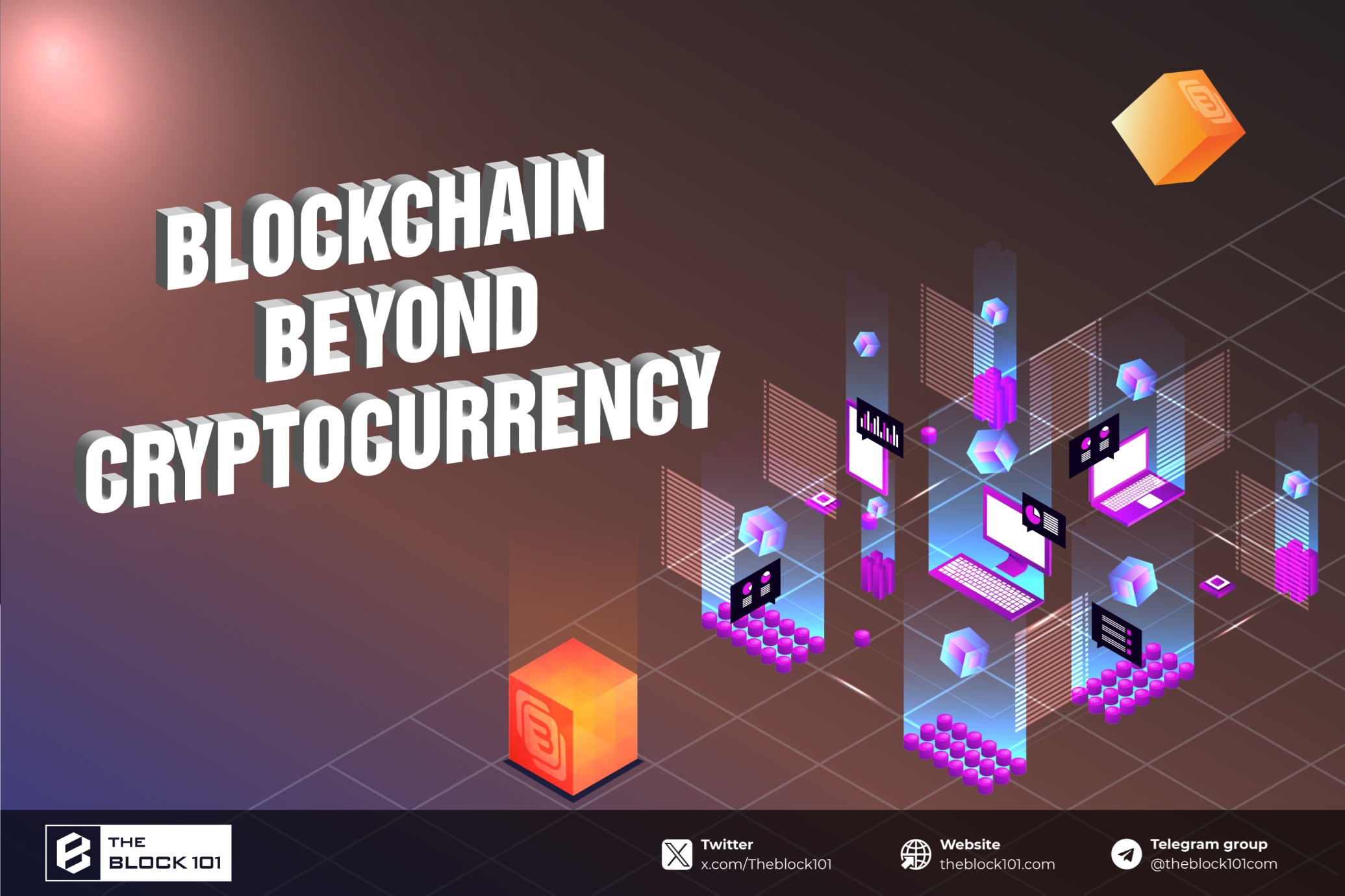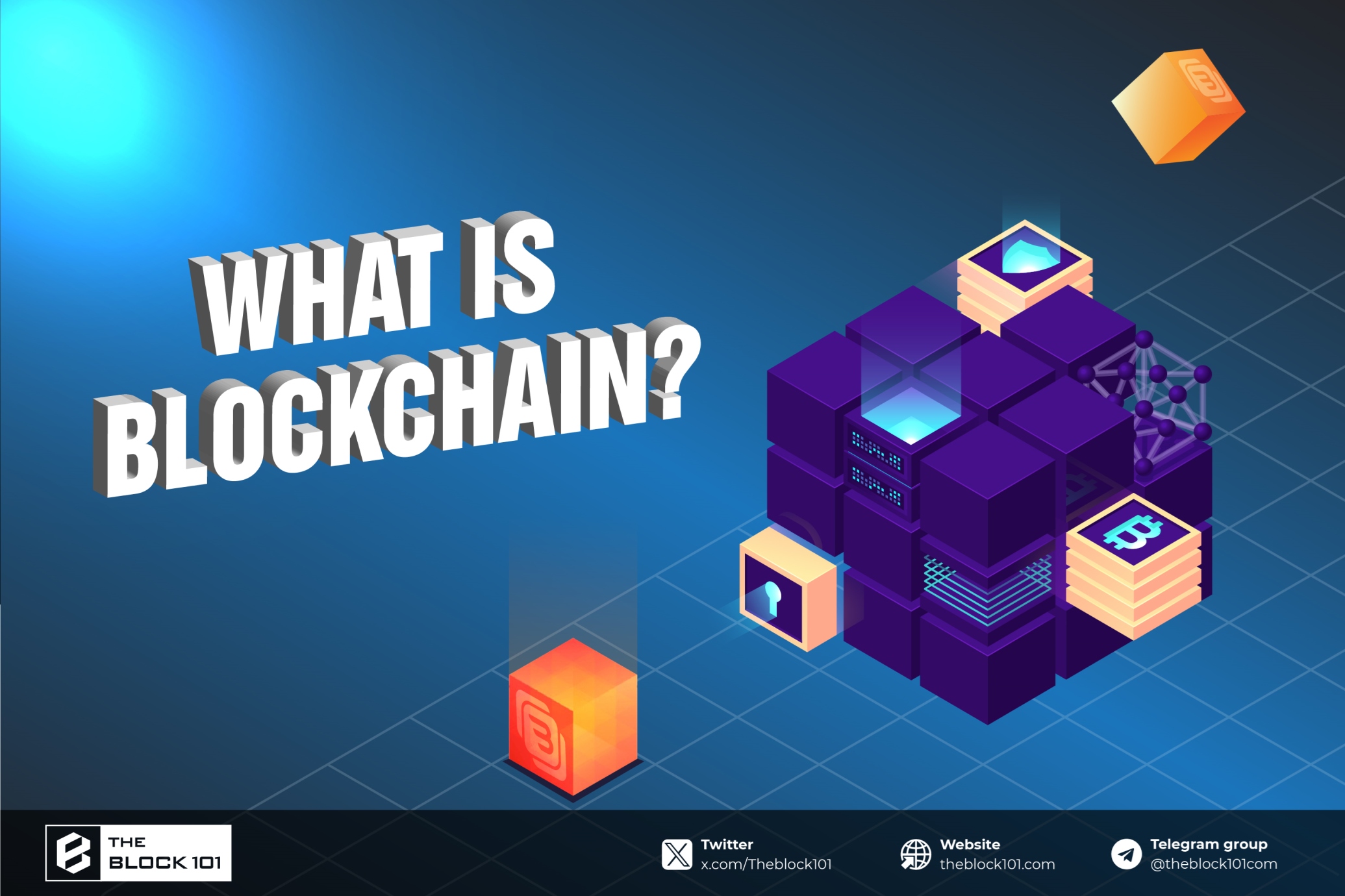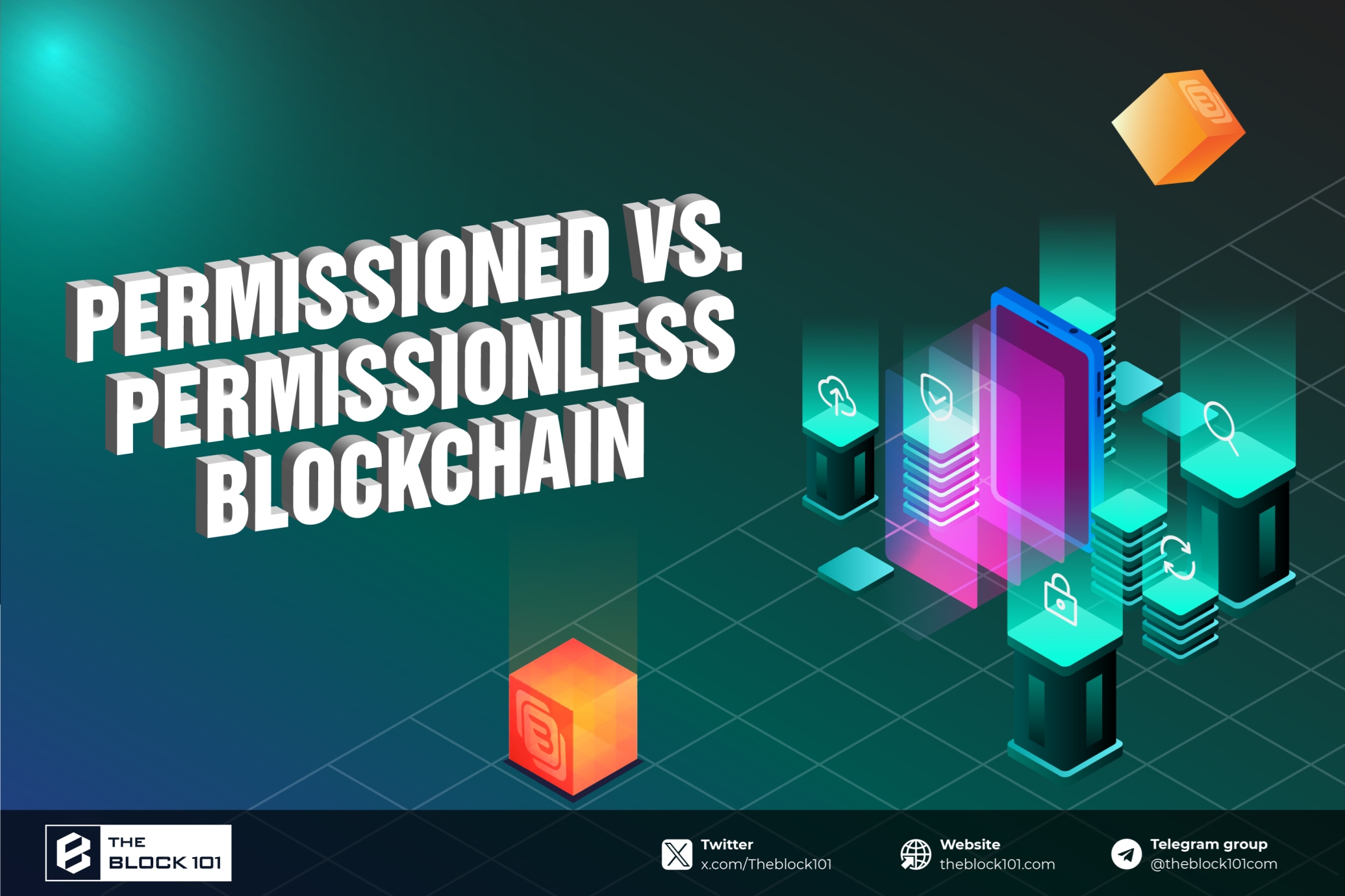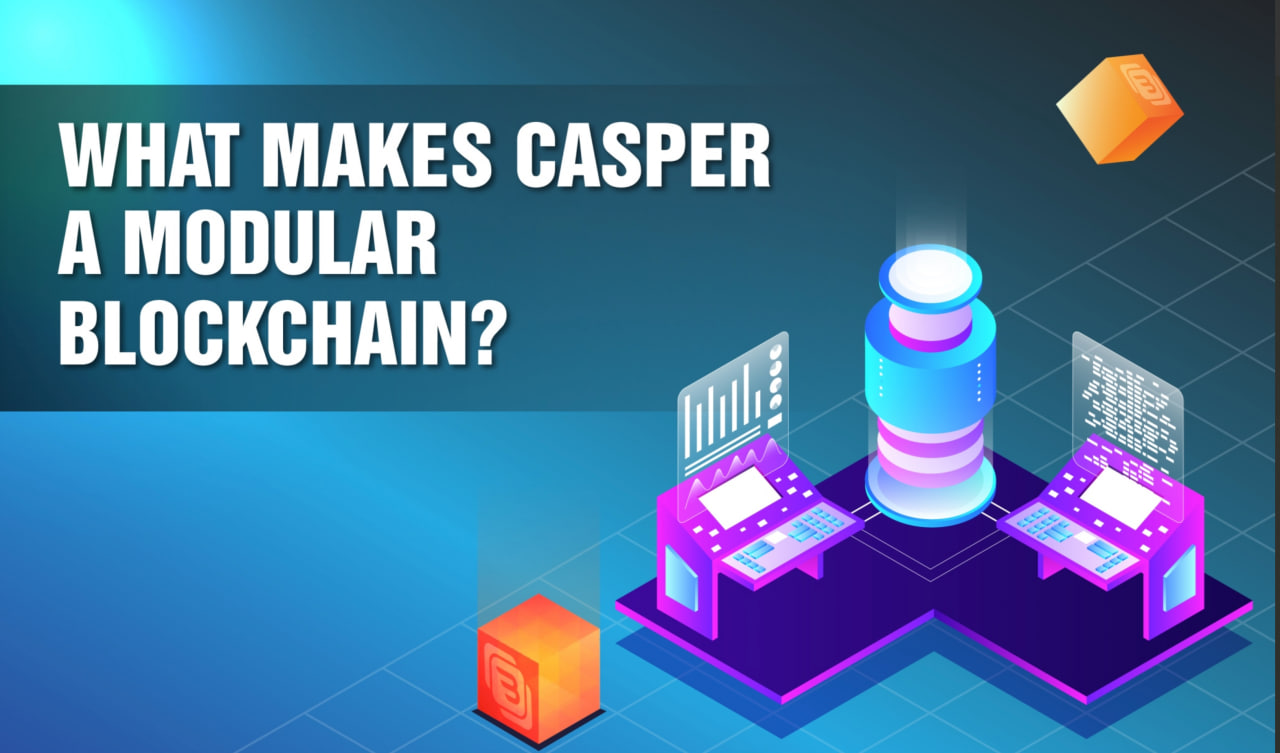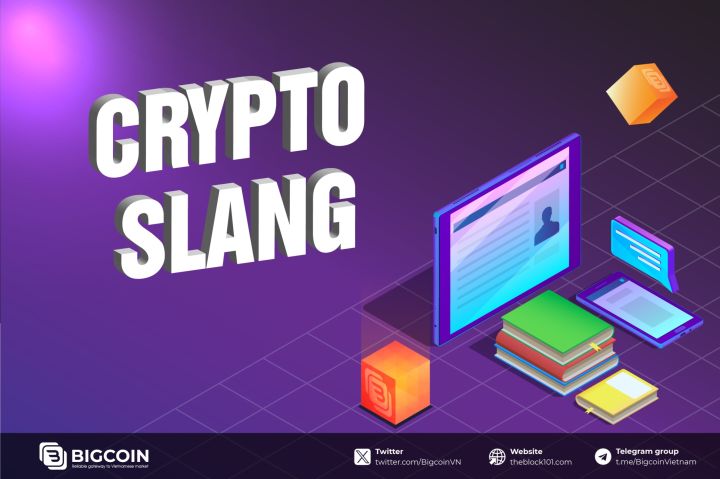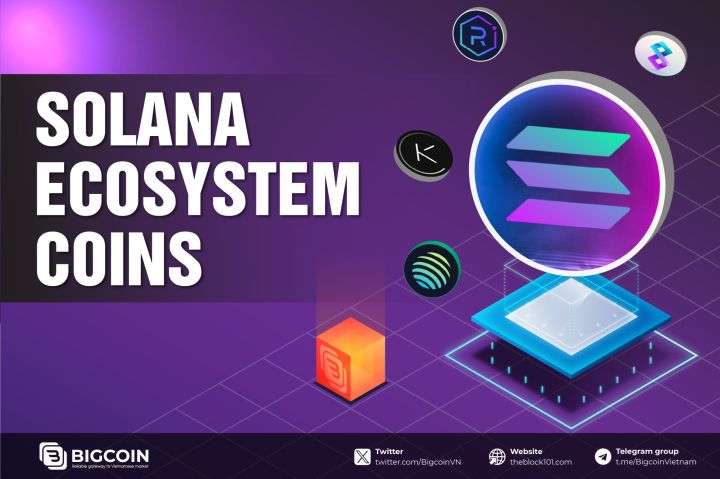1. What Is an EVM Wallet Address?
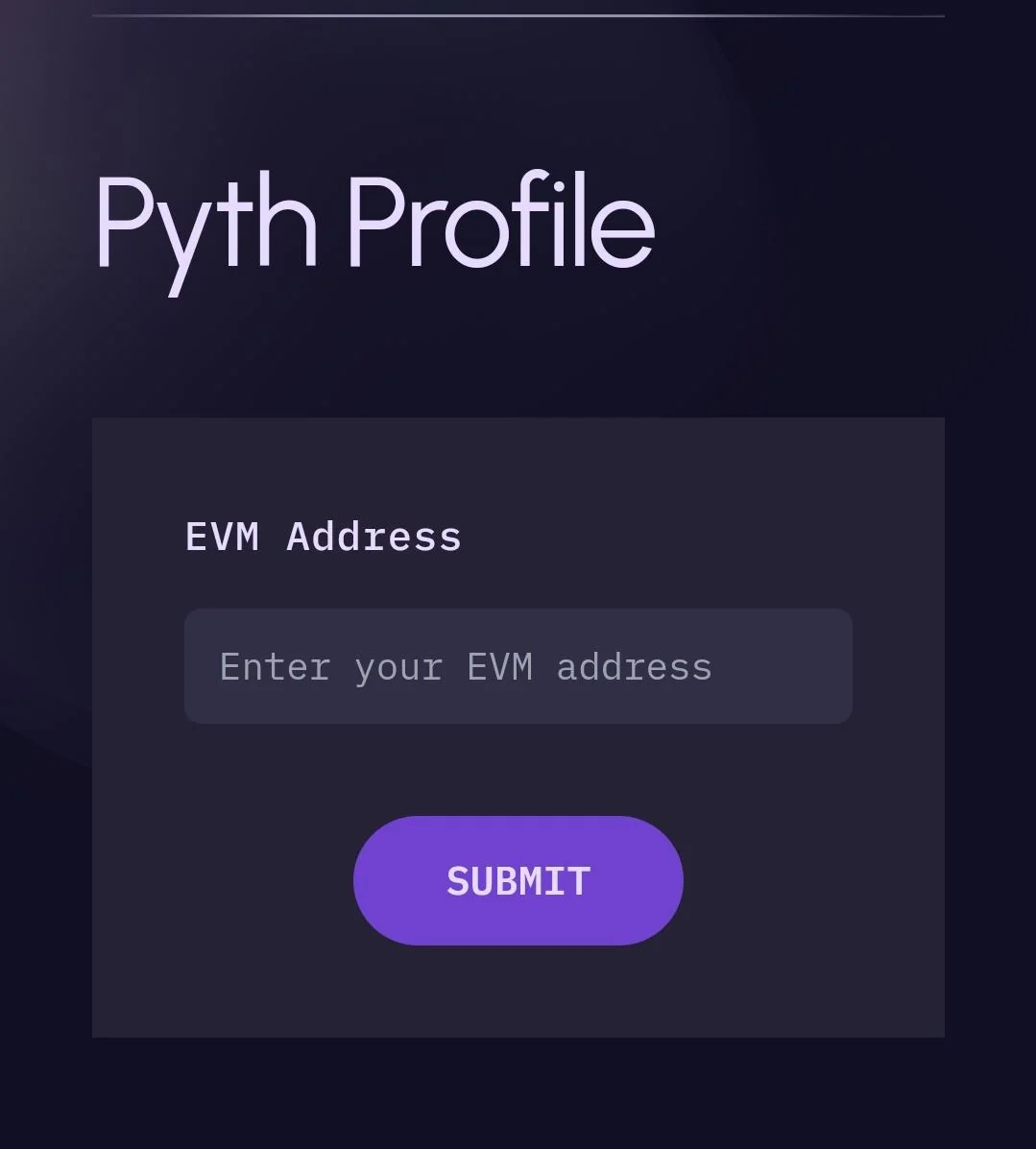
An EVM wallet address serves as a digital identifier, akin to a bank account number, used by individuals and entities on Ethereum-based blockchains and other EVM-compatible networks. This address allows users to send and receive cryptocurrencies, interact with smart contracts, and participate in various blockchain-based activities.
The creation of an EVM wallet address involves cryptographic techniques that ensure secure ownership and transaction verification. Each wallet address is derived from a private key, ensuring only the owner can authorize transactions. These addresses play a pivotal role in facilitating secure, pseudonymous transactions within the Ethereum ecosystem and its compatible networks.
2. Structure of an EVM Wallet Address

The structure of an EVM wallet address follows a standardized format to ensure interoperability across EVM-supported networks. Every EVM wallet address begins with the prefix 0x, signifying that it is hexadecimal. This is followed by a 40-character alphanumeric string, resulting in a total of 42 characters.
For instance, an EVM wallet address might look like this:
0x1a2b3c4d5e6f7g8h9i0j1k2l3m4n5o6p7q8r9s0t.
EVM wallet addresses are not case-sensitive, meaning uppercase and lowercase letters are treated the same. This design minimizes errors during manual entry and ensures a consistent user experience.
3. Creation Process of an EVM Wallet Address
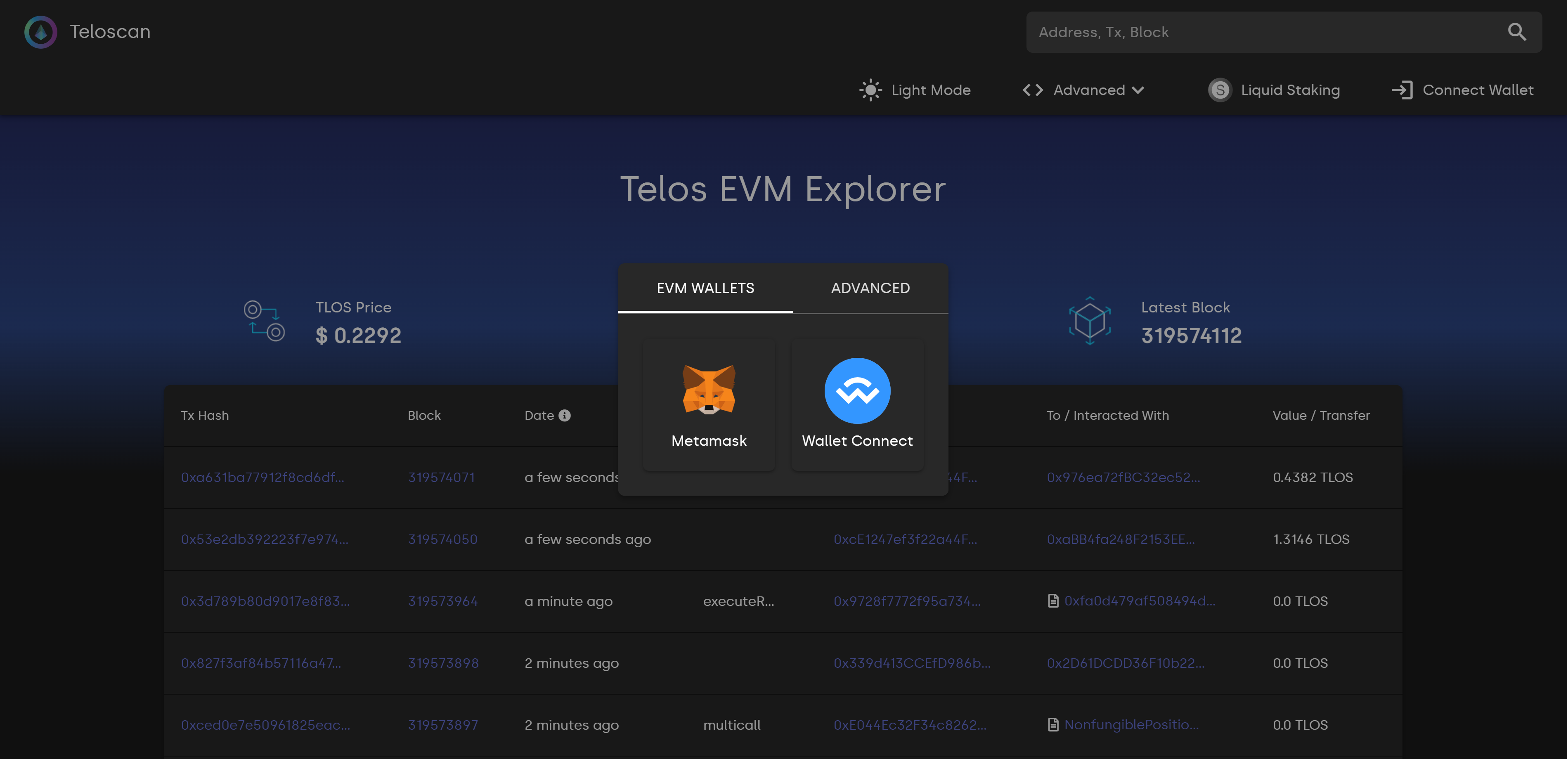
The creation of an EVM wallet address involves generating a cryptographic key pair: a private key and a public key. The private key, a randomly generated string, acts as a secure password that must remain confidential. From this private key, a public key is derived using complex mathematical algorithms. The final wallet address is then obtained through a hashing process applied to the public key.
The security of the private key is paramount, as it is the sole means of controlling the funds and assets linked to the wallet address. If compromised, the private key can give unauthorized individuals complete control over the associated assets.
4. Purpose and Functionality

The primary purpose of an EVM wallet address is to enable users to participate in blockchain activities securely and efficiently. These addresses act as the primary interface for sending and receiving funds, interacting with smart contracts, and engaging with decentralized applications.
For example, users can use an EVM wallet address to transfer Ethereum or EVM-compatible tokens like Binance Coin (BNB) or MATIC. Additionally, these addresses are indispensable for engaging with decentralized finance (DeFi) platforms, staking protocols, and non-fungible token (NFT) marketplaces.
Beyond transactional use, EVM wallet addresses play a crucial role in establishing identity on the blockchain. While pseudonymous, these addresses maintain transparency and traceability, as all transactions are recorded on the public ledger.
5. Security and Privacy Features
.jpg)
One of the standout features of EVM wallet addresses is their pseudonymity. While the address itself is publicly visible on the blockchain, it does not directly reveal the identity of the user. This design strikes a balance between transparency and privacy, making it possible to trace transactions without exposing personal details.
Additionally, the cryptographic foundation of EVM wallet addresses ensures robust security. Transactions are authorized using the private key, making it virtually impossible for unauthorized parties to gain access without compromising the key. To enhance security further, users can utilize hardware wallets or multi-signature solutions.
6. Practical Applications of EVM Wallet Addresses

EVM wallet addresses are central to numerous blockchain activities. They are indispensable for transferring assets, whether cryptocurrencies or NFTs, between parties. Additionally, they enable users to interact with smart contracts for lending, borrowing, staking, and trading on decentralized exchanges.
For instance, a user can deposit Ethereum into a smart contract for liquidity provision on a DeFi platform or stake tokens to earn passive income. NFT collectors use EVM wallet addresses to store and trade their digital art or collectibles securely.
These addresses also facilitate cross-chain interactions, allowing users to bridge assets between different EVM-compatible networks. This capability enhances liquidity and expands opportunities for users across the blockchain ecosystem.
7. Challenges

While EVM wallet addresses offer numerous benefits, they also come with challenges. The irreversibility of blockchain transactions means that errors, such as sending funds to the wrong address, cannot be undone. Users must double-check addresses before initiating transactions.
To mitigate risks, it is advisable to use reputable wallets like MetaMask, Trust Wallet, or hardware wallets like Ledger and Trezor. These wallets provide user-friendly interfaces and robust security features. Additionally, users should store their private keys and seed phrases securely, as losing them can result in permanent loss of access to funds.
8. Conclusion
EVM wallet addresses are a cornerstone of the Ethereum ecosystem and its compatible networks. Their standardized format, secure cryptographic foundation, and versatility make them essential for participating in blockchain activities. By understanding their structure, purpose, and functionality, users can navigate the blockchain space with confidence.
As blockchain technology continues to evolve, EVM wallet addresses will remain pivotal in facilitating secure, transparent, and efficient interactions within decentralized systems. Whether you are a developer, investor, or casual user, mastering the use of EVM wallet addresses is a fundamental step in leveraging the potential of blockchain technology.
Read more:

 English
English Tiếng Việt
Tiếng Việt.png)

